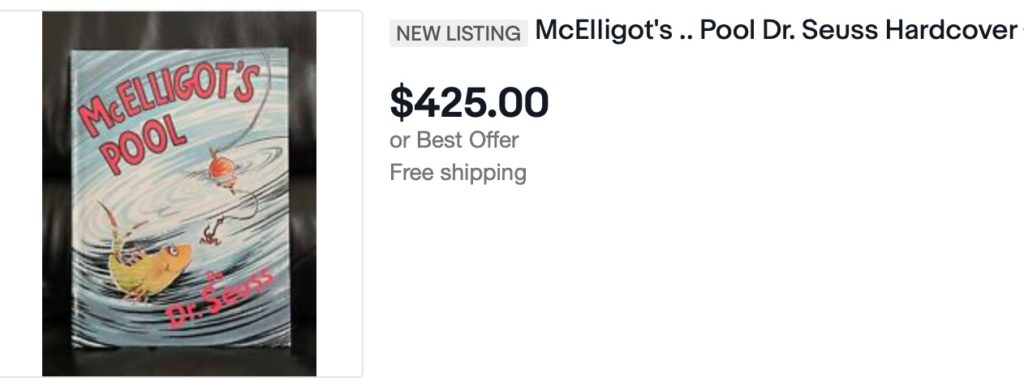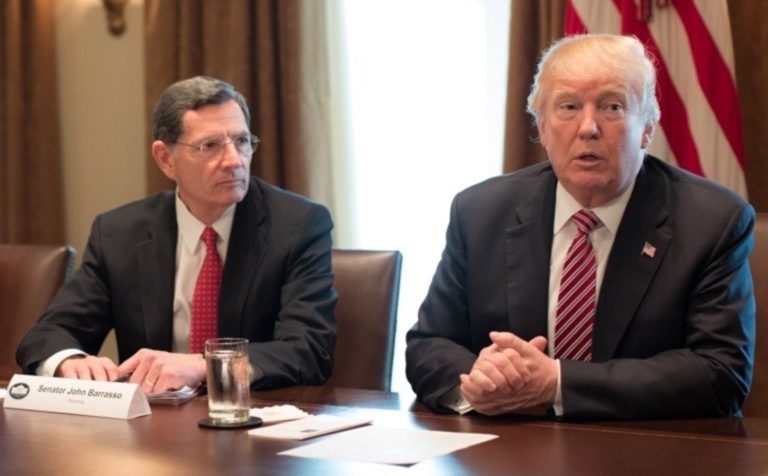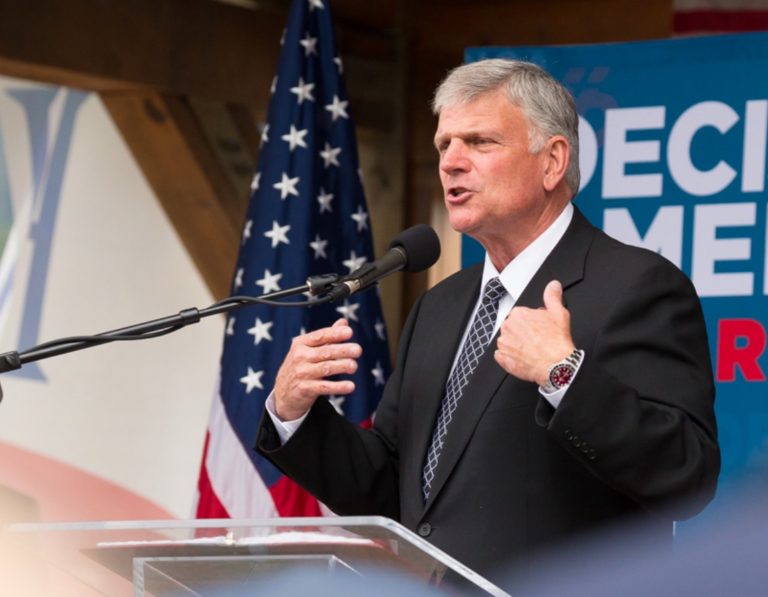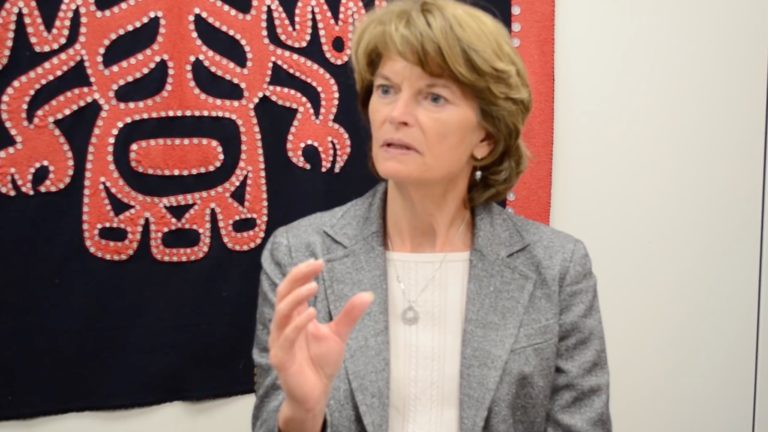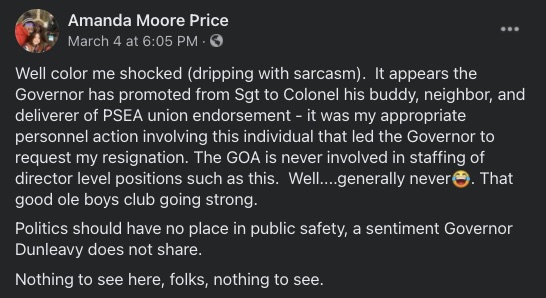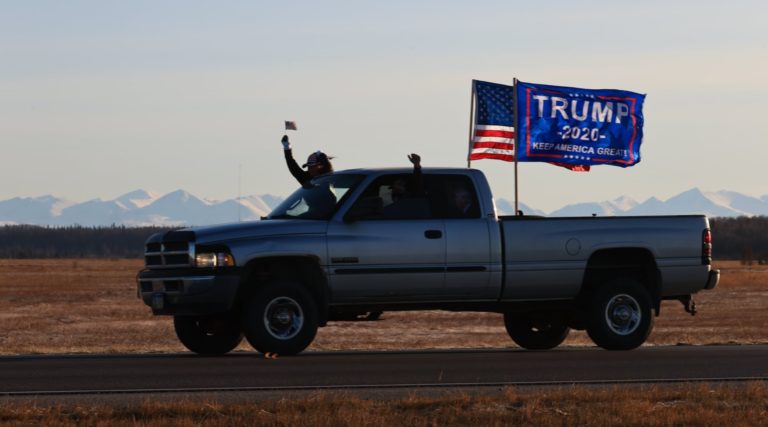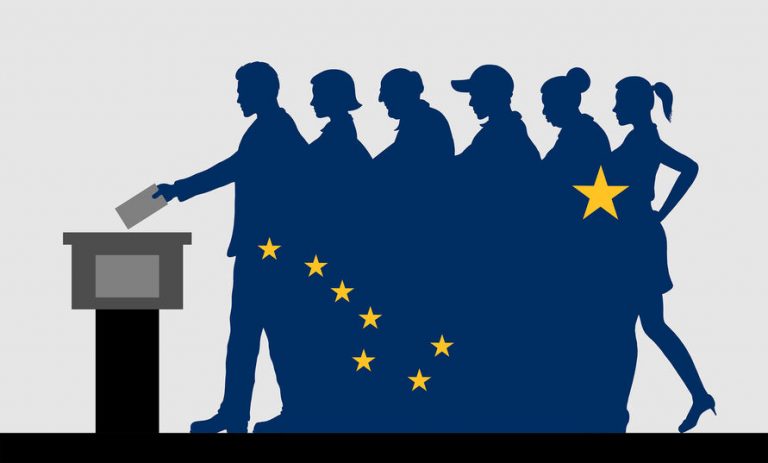In the March 3 purge of the voter rolls by the Division of Elections, Alaska has ended up with 585,525 voters.
Year over year, 13,609 more voters are registered in Alaska than at this time in 2020, defying the population trends that are showing seven years of outmigration from the state. In 2015, for example, the state hit a high of over 740,600 residents, but after the March 6, 2015 voter roll purge, there were just 500,882 voters.
The March voter roll purge is part of the annual maintenance by the state list to remove those who haven’t voted in several years, nor responded to queries from the Division of Elections, presumably because they moved away or died. The process of cleaning up the voter rolls is required by the National Voter Registration Act.
Some areas of the state are getting more Democrat registrants, while others are growing redder with Republicans.
Republicans gained in Anchorage district 19, where Rep. Geran Tarr has served for several years. Although they added 100 voters there, the district is still solidly Democrat.
Democrats lost 173 voters in District 24, and Republicans added about 93 voters. That’s Rep. Tom McKay’s constituency. He won over former Rep. Chuck Kopp in an Anchorage district that continues to get more conservative, with 4,007 Republicans and 2,054 Democrats.
Republicans also outpaced Democrat registration in Anchorage District 28, year over year, where Rep. James Kaufman beat former Rep. Jennifer Johnston in November. Democrats shedded 155 voters, and Republicans picked up 121. There are 4,840 Republicans in District 28 to 2,390 Democrats.
Across the rest of Anchorage, Democrats outpaced Republicans in registrations over the past year in many of the districts. Even in red districts, Democrats made slight gains.
State data from the Department of Labor shows that Anchorage has lost 3,517 residents, year over year, although not all of those would be registered voters.
Anchorage may have lost residents, but it gained 4,871 voters since last March’s voter roll purge (we are counting Districts 13-28 only, as 12 is halfway in the Mat-Su). There are 230,116 voters registered in Anchorage out of the population of 288,970.
This would mean 80 percent of the entire population of Anchorage is registered to vote. And the data indicates there are close to 58,854 children 17 and younger living in Districts 13-28.
In Southeast Alaska, Democrats outpaced Republican registrations in Juneau, but Republicans outpaced Democrats in Sitka and Ketchikan, even though Sitka is still a blue town.
Juneau Districts 33 and 34 grew a lot more blue since last year, picking up an additional 520 Democrats and losing 89 Republicans. The Department of Labor estimates Juneau’s population at 31,773.
In Fairbanks North Star Borough, Republicans outperformed Democrat registrations in four of six districts, but overall the increase in the Interior was about split.
But in the Mat-Su and Kenai, Republicanism got stronger. Mat-Su Republican registrations outperformed Democrat registrations by a four-to-one margin and on Kenai, the ratio was three to one, Republican over Democrat.
There was little change in rural Alaska.
Statewide, Republicans gained 5,213 voters year over year, to the 4,446 Democrat registrations added to the state voter file in the same time period. This represents a greater percentage gain for Democrats, who have 79,136 registered voters, compared to Republicans, with their 138,749 registered voters.
The winner statewide for registrations is in the undeclared category; that grew from 248,772 voters last March to 252,440 voters last week. Those voters are largely being added through automatic registration that occurs when people apply for their Permanent Fund dividend.
